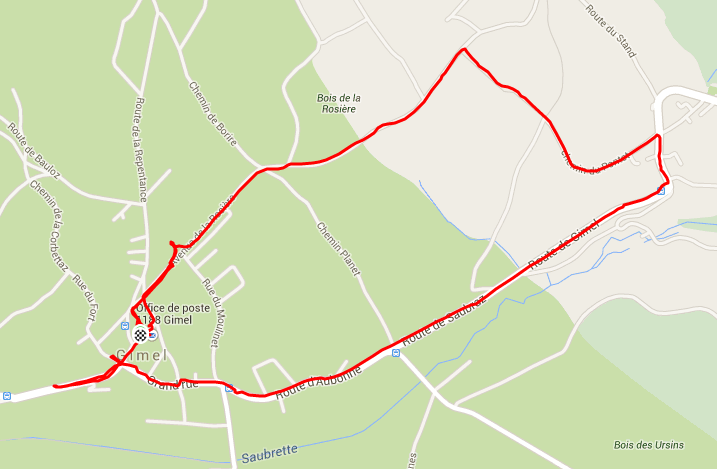Mental Health and Social media
There is a lot of discussion about Mental Health and social media because most people are not social media natives. They are either Luddites who do not appreciate playing with technology. They see themselves as users rather than participants and then there are extroverts and other people who see Social Media as a threat to their way of life. We live in societies built for extroverts rather than textroverts. As a textroverts social media is a place for me to have full conversations without having to compete with extroverts who often hijack conversations through charisma and the superficiality of what they have to say. The Royal Society for public health wrote a paper on the topic
It’s amusing that Instagram is theoretically the worst social app because if people use it like me then they would share their hikes, their climbs and their adventures. These would lead to FoMO and a feeling of solitude if people were motivated to do the same activities as me but unable to. Anxiety, body image, depression and bullying are all consequences of how marketers have encouraged people to use instagram. When brands and social media “personalities” post certain images and when brands promote certain behaviours then they encourage people to idealise the wrong things. They encourage superficiality rather than genuine interactions.
It should be highlighted that a lot of people use Instagram for selfies and this leads people to compare themselves to others. If they photograph food, sports, mountains, seasides and more the negative aspects highlighted above would vanish.
It’s amusing that Youtube is the highest and most positively ranked social medium because it is the one that my generation see as having the most negative comments. We often joke that youtube is fine until you read the comments. It’s good that people like Twitter and Facebook because twitter is great for getting to know people and Facebook is a useful way of staying in touch with friends when we travel and move around for work and university.
The Royal Society for Public Health came out with a few recommendations:
1. The introduction of a pop-up heavy usage warning on social media
If social media is an integral part of social life, rather than an addition to it then this recommendation does not apply. If twitter, Instagram, Facebook and other social networks are integrated seamlessly into our daily lives then “heavy usage” would not occur and thus warnings would be redundant. Social media is part of a lifestyle. It is only when marketers trick people into following rather than conversing that it becomes toxic and require time limits.
2. Social media platforms to highlight when photos of people have been
digitally manipulated
If it wasn’t for the selfie and disinformation this recommendation would not be needed. The skills to tell which images are digitally manipulated can easily be taught. This generation grow up playing with the software used to alter these images in the first place.
3. NHS England to apply the Information Standard Principles to health
information published via social media
Media literacy is a skill that should be taught along with reading. As soon as people are able to read they should be taught to discern between reliable and unreliable information. This is a skill that should be taught from the moment someone learns to read to the moment they graduate from university. Media literacy is a very important skill in the information age.
4. Safe social media use to be taught during PSHE education in school
Grown ups are just as likely to suffer from bullying and other behaviour so it does not apply just to children. In the early days of the world wide web we all used avatars and nicknames rather than our real identity. This helped us play online without much danger. We see that safe spaces have been created for people below a certain age to interact online. Now that the world wide web has come of age it is important to work on creating more geographically relevant social environments like this.
5. Social media platforms to identify users who could be suffering from
mental health problems by their posts and other data, and discreetly
signpost to support
The nature of social media can be an introspective one and as such encourages people to be open about how they feel. Aside from signposting people who are at risk social media and social networks could create discreet groups on Facebook and other social networks where people can assemble of their own free will. By discreet groups I mean groups where membership and names are withheld both from within and from outside the group.
6. Youth-workers and other professionals who engage with young people to
have a digital (including social) media component in their training
This point amuses me because when I speak to social media experts and social media professionals I see that they see social media as something to do during office hours as part of their job. They do not see it as an addition to their lifestyle and as such are not natives of the medium. If people have a digital (including Social) media component in their training then they should live and breath it.
Too many people provide the wrong impression of social media and how it can be used. Too many people stigmatise it and this helps to emphasise the negative impressions that mainstream people have of social media. Social media is a lifestyle and only those who see it as a lifestyle should teach social media.
7. More research to be carried out into the effects of social media on
young people’s mental health.
A few decades ago we all lived in villages and everyone we knew lived within walking distance. As time progressed and as trains, cars and jet aviation became part of our daily lives so the village we grew up in became a state, a country, a continent, a planet. If you’re going to study social media on young people’s health then you should not ignore that social media is connecting people living in different villages in the countryside and different streets in towns. As such it means that social media could help people who are geographically distant stay together mentally. What should be studied is the negative impact of marketing on people’s natural use of social networks. Marketing and public relations should enhance, not distract from communicating with people.




